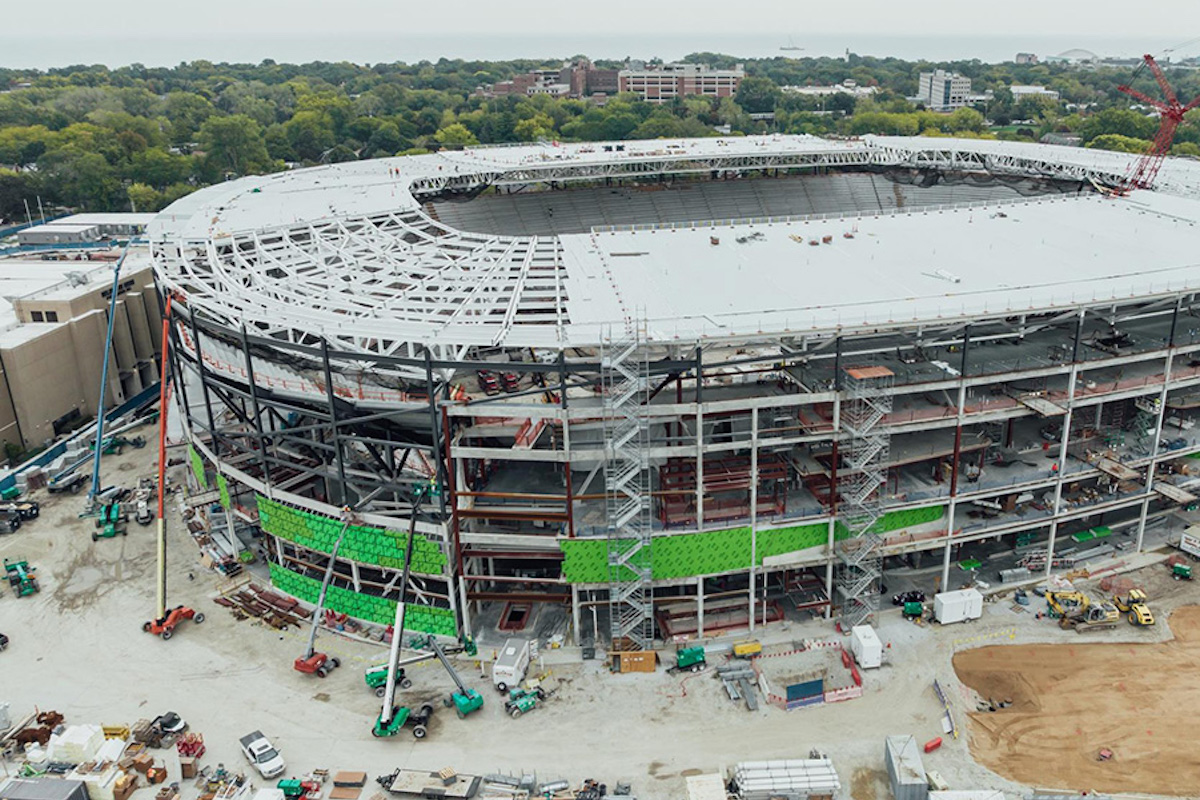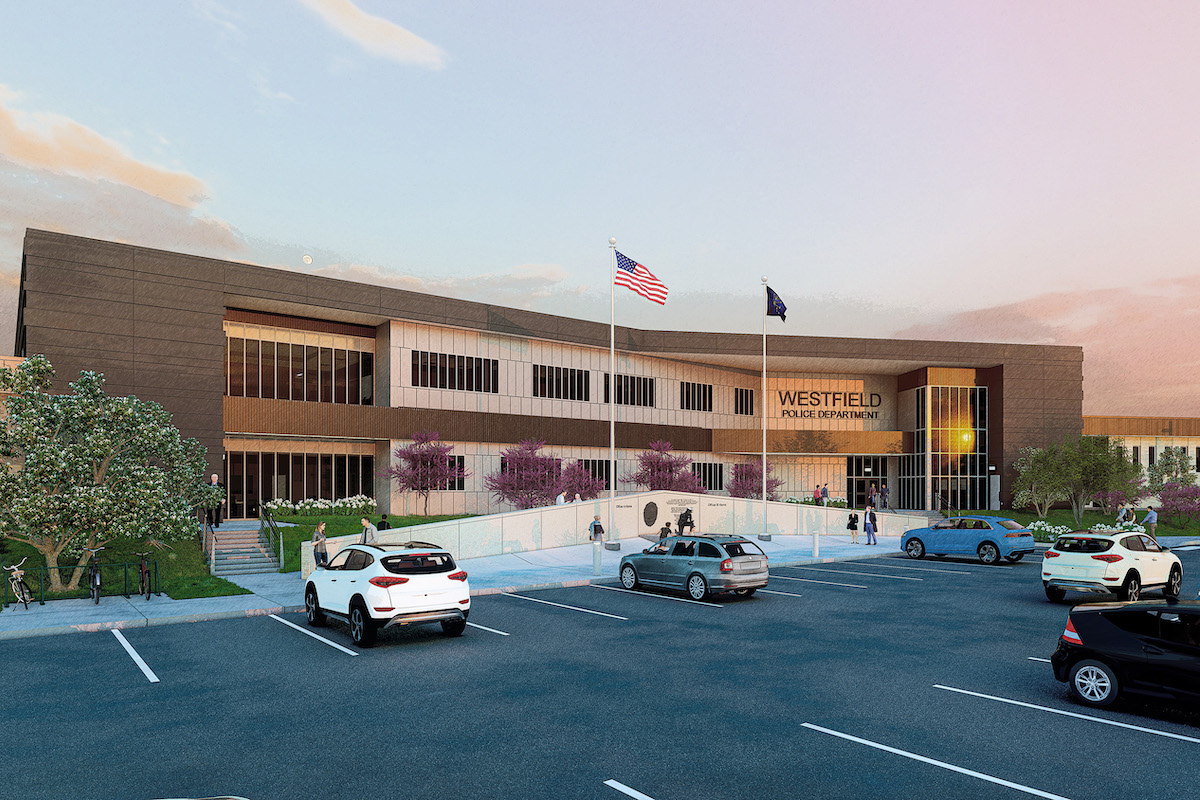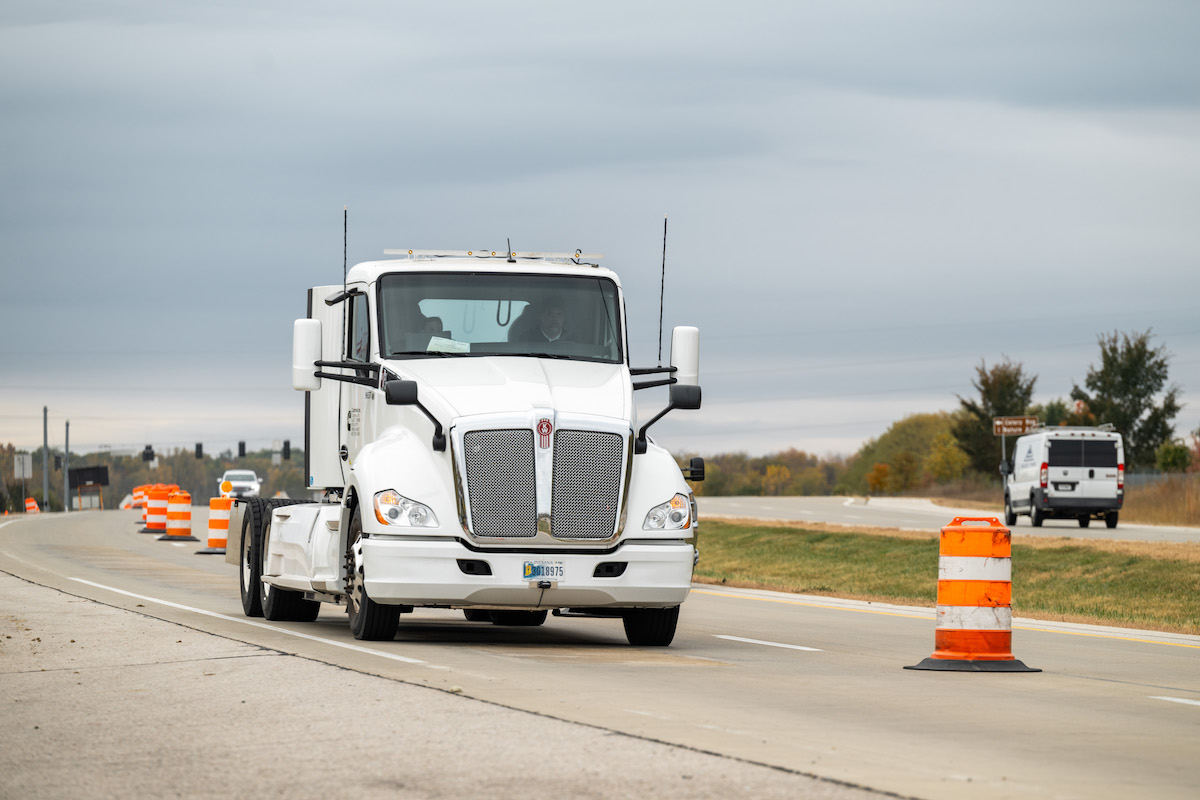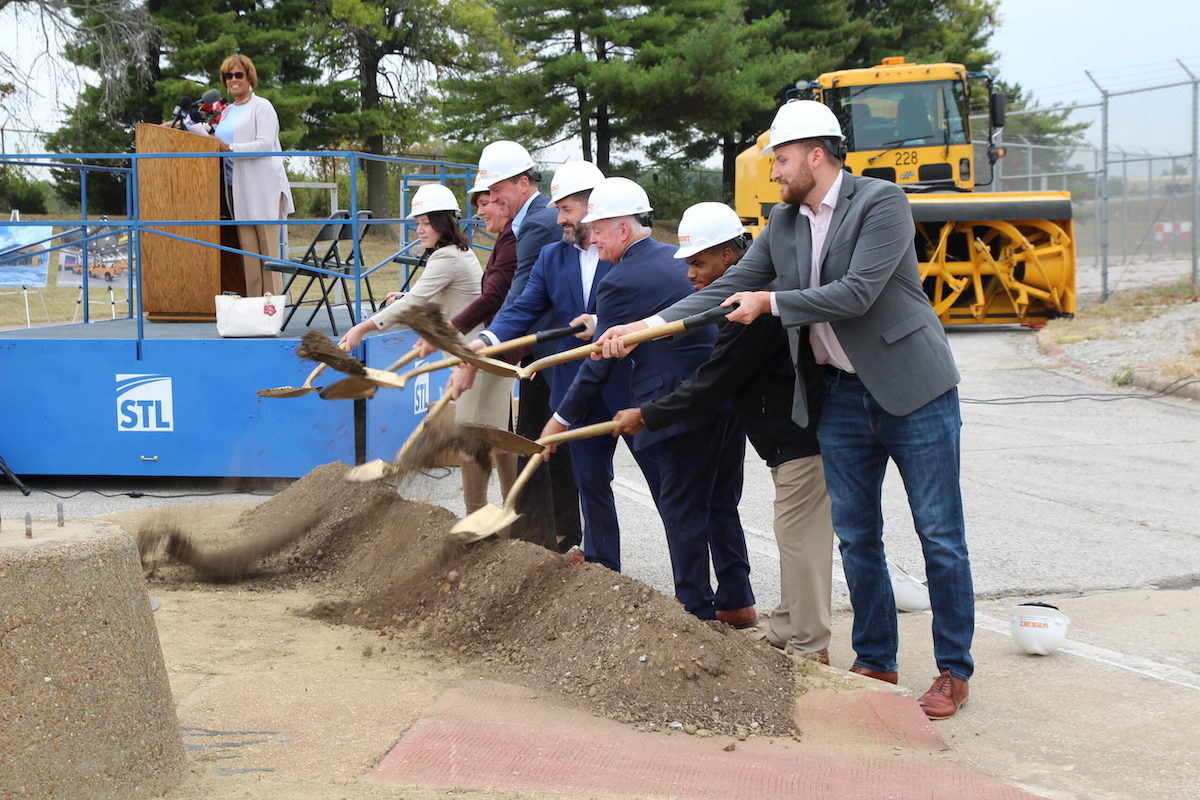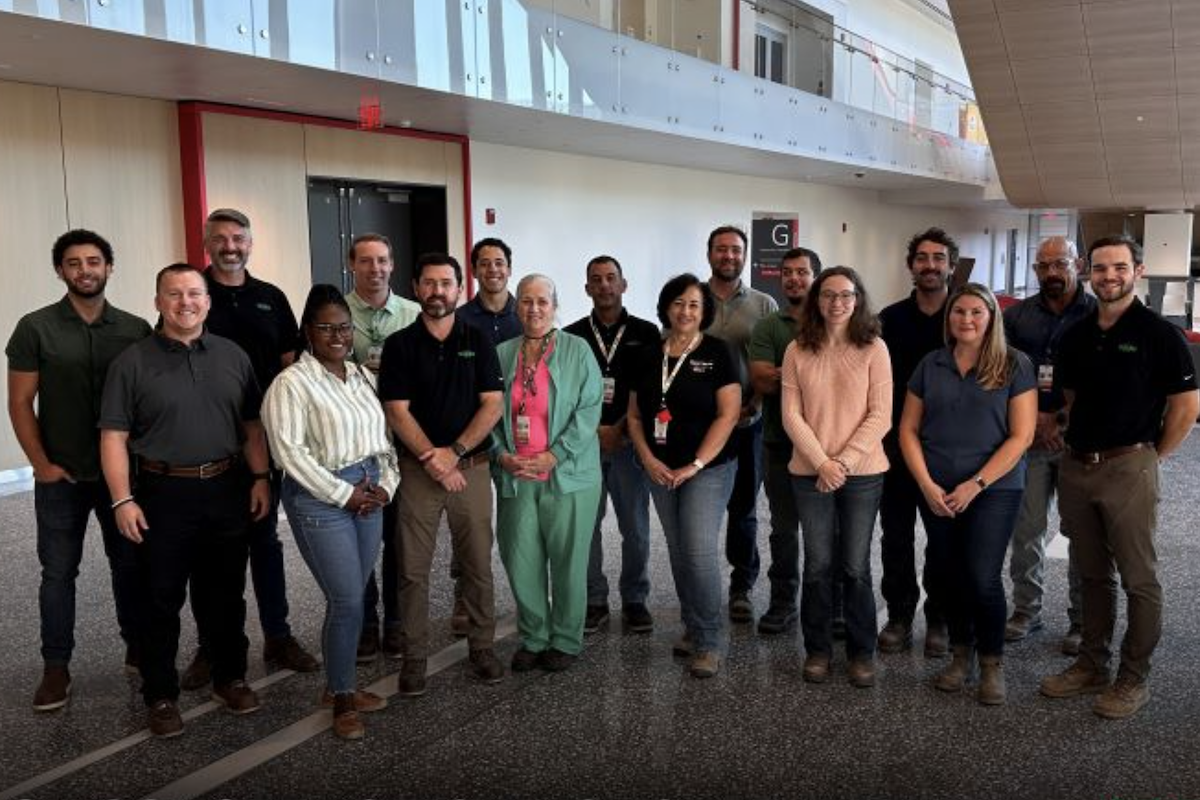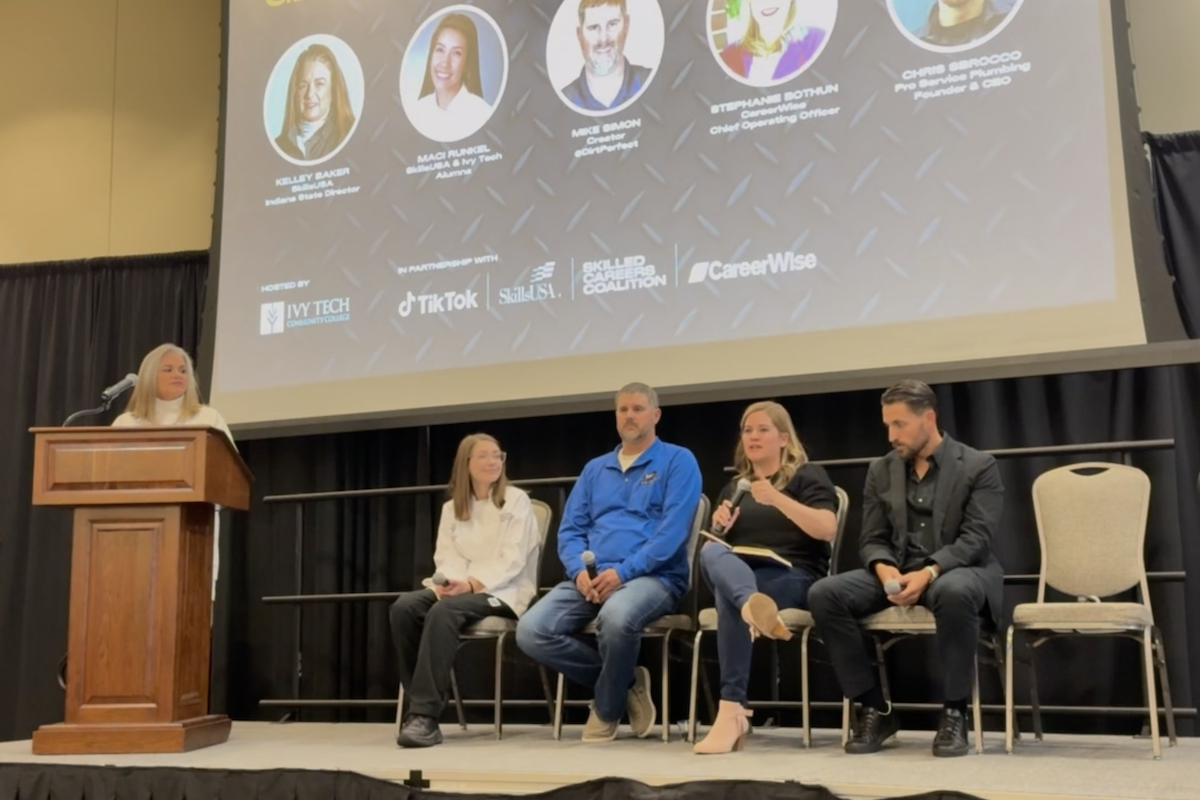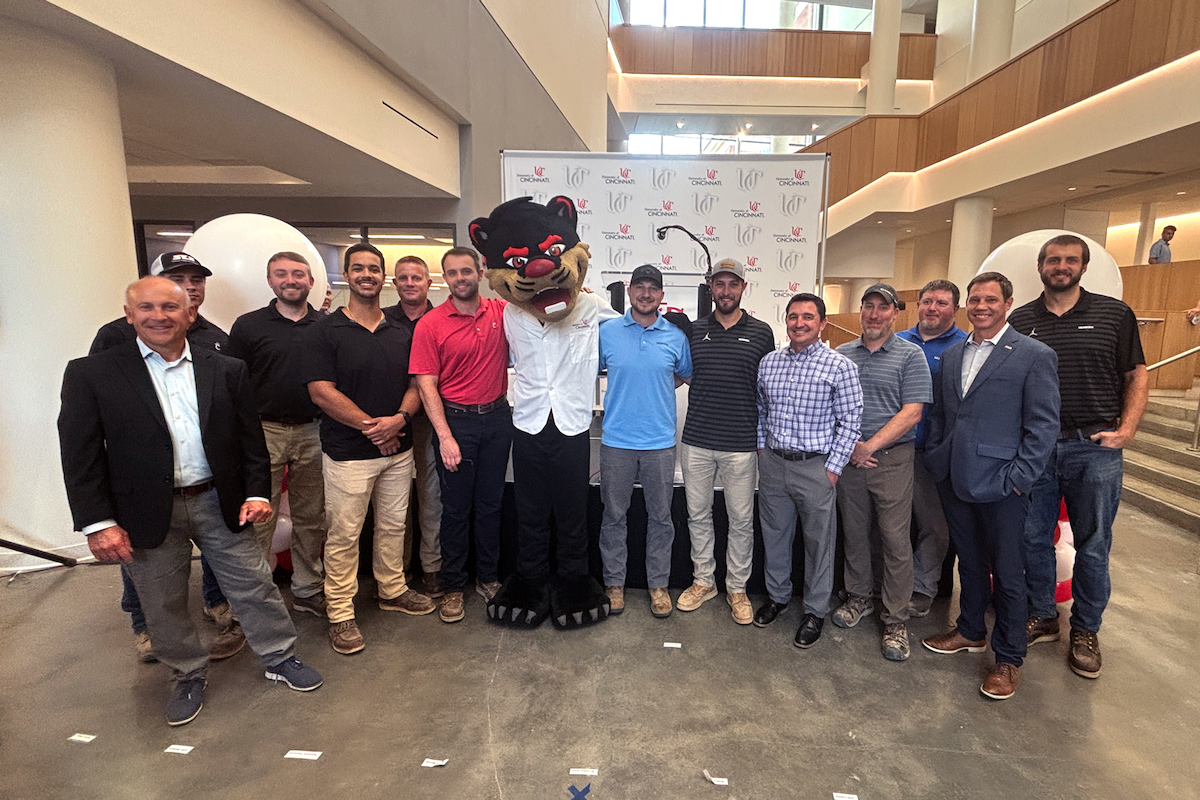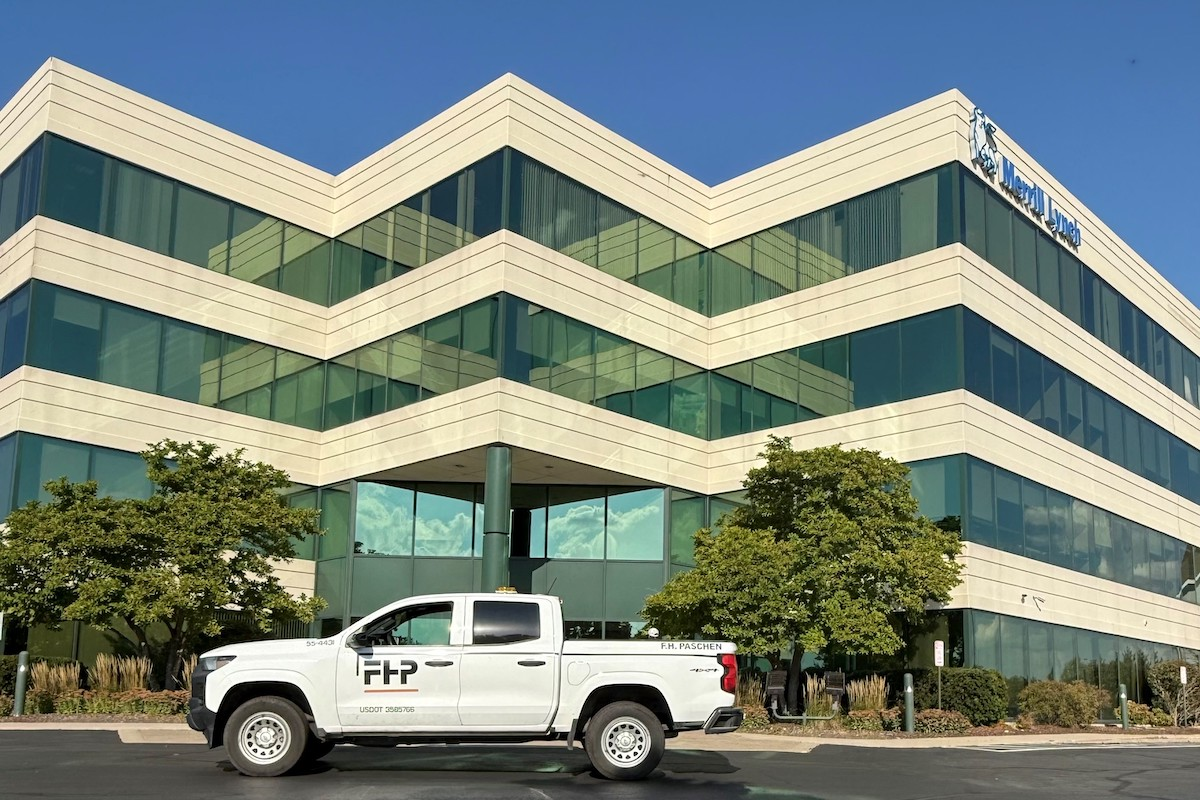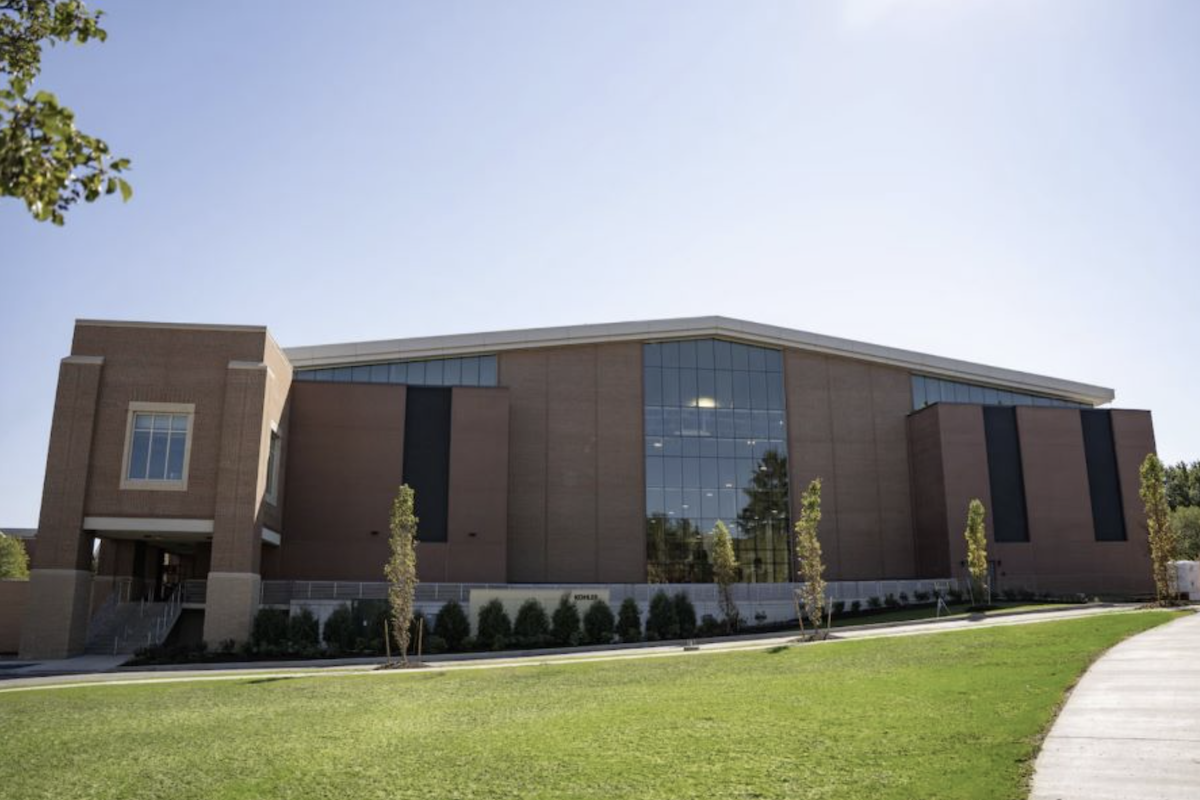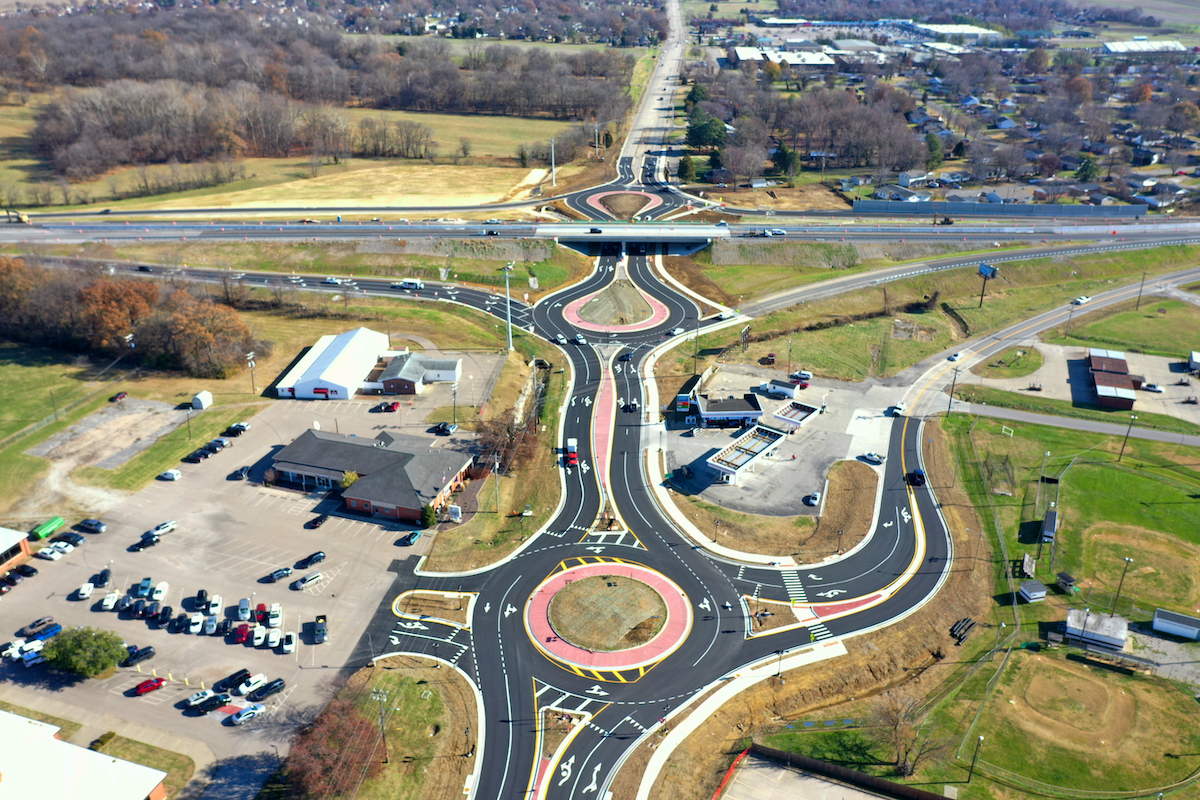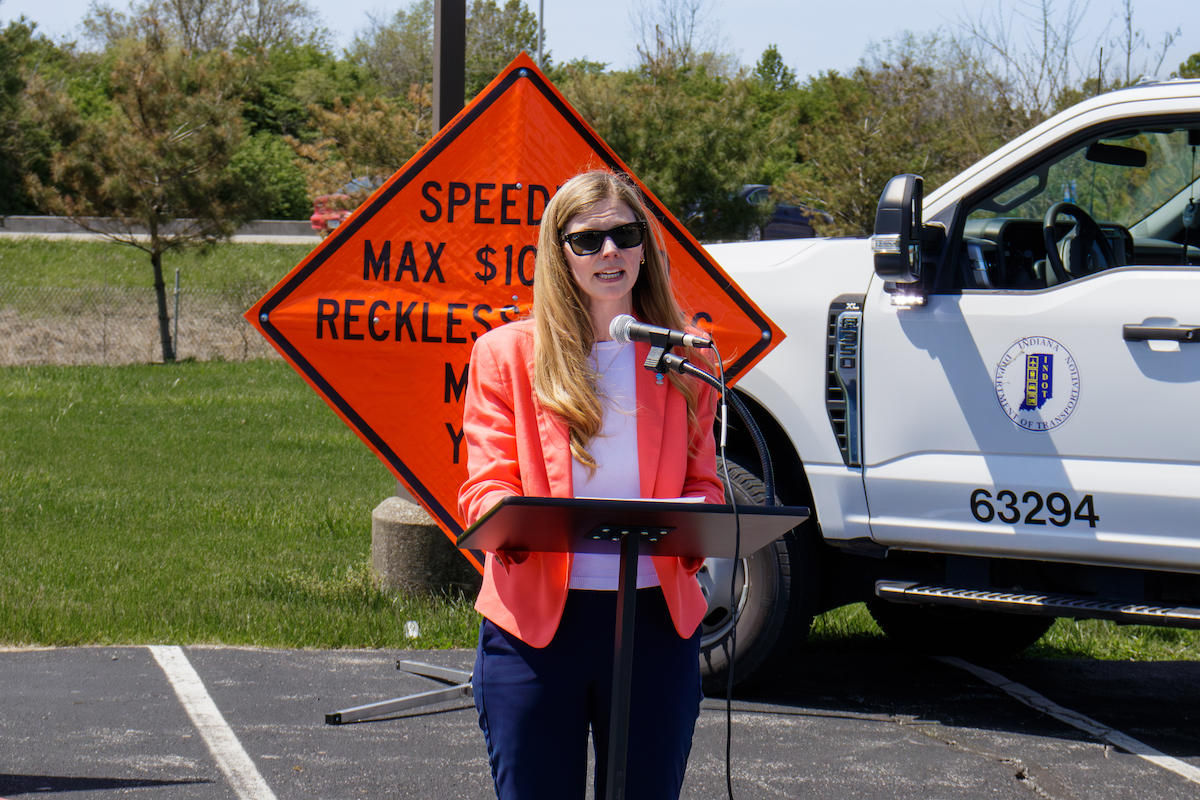What does it really mean? In today’s environment, the term “connected” generally means office-to-field-to-office workflows. Connectivity facilitates the movement of data across various activities, enables real-time progress tracking, faster issue resolution, increased productivity, improved efficiency, and ultimately, better overall site management.
Connected construction drives communication and collaboration across project teams and with the project owners. It’s an ongoing transformation that has opened the door for connecting multiple systems, diverse applications, mass quantities of data, and a construction site managed in ways unimagined a few years ago.
On any job, a survey rover or machine might be equipped with a SIM card, as well as radios to receive RTK correction streams. Information gathered in the field is sent to the office via satellite or cellular internet plans. That data is then reviewed by someone in the office, where 3D models are also updated and sent to machines and survey rovers.
For instance, on the Site C Clean Energy Project in British Columbia, the survey foreman relies on SIM cards and jobsite management software to manage daily bulk excavation progress.

| Your local Takeuchi Mfg Ltd dealer |
|---|
| Brandeis Machinery |
In this case, the excavators’ grade control systems continuously record positions throughout the day. At the end of the day, the survey foreman logs directly into the machine via the Trimble WorksManager data hub, downloads the data, and drops it into Trimble Business Center, where it’s compared with the previous day’s work. The updated perimeter model is then sent back to operators through WorksManager each morning, which enables users to publish updates to machines and field devices without having to go to the site.
That said, satellite-based Wi-Fi and high speed internet can be a challenge. A simple job will likely have a supervisor, a surveyor, and a foreman. To maintain data connectivity, these three people would need a cellular plan from a third party on their laptop or tablets – and then have the ability to transfer large quantities of jobsite data back and forth. For three people on site, that's not bad, but a site with 20 connected machines would require 20 data plans.
Today’s grade control systems, for example, are tightly linked to 3D modeling software, and handheld data collectors are built to handle complex files and 3D datasets. There are a range of connected workflows that collect accurate information and real-time conditions on the job site and allow crews to directly interact with 3D models in real-time.
Connectivity also means learning. By having machines connected and sharing data from the jobsite, operators and owners are able to learn from the field – How does the work completed compare to the work planned? Where did a machine have to work harder than expected? What materials have been moved, to where, and at what cost? Individually, these data points have limited value, but when combined, they unlock significant value that can both help with better overall site management and drive future insights and savings.
This means contractors like Veit & Company, Inc. can work more efficiently, and use what they learn for continuous improvement. The site prep and civil construction specialty contractor relies on 3D grade control on its dozers, excavators, motor graders, and skid steers, and uses Trimble WorksManager to wirelessly transfer data such as 3D constructible models to the construction site.
Colorado-based Zak Dirt also relies on machine control on motor graders, dozers and excavators, and then uses sensor-enabled drones to capture progress – and it’s all connected digitally back in the office. The data from the platform is shared among project managers, surveyors, superintendents, engineers, and others within Zak Dirt, which has facilitated new ways of using worksite data to track progress, quantities and logistics.
Prior to work commencing, the airport site was broken up into lots or work areas, some up to multiple football fields in size. Per the specs, the boundaries, thickness, and volume of each lot had to be recorded and reported. The thickness of placed earthworks material was not to exceed 13.7 inches, and field density and moisture content tests had to be recorded to an accuracy of +/- 3.2 feet.
Using a combination of machine control systems, rovers, base stations, and advanced site management software, the project team facilitated one of the industry’s most dynamic connected sites. As operators graded, excavated, and compacted material in the field, the software logged as built and quality assurance data, which was transferred to the site management software in real time. From their mobile offices, surveyors were able to view the data and generate reports about jobsite activity and progress to ensure schedules were met and to remotely plan future operations. Once compacted, sealed, and signed off, that conformed surface was reinserted to the current model.
The surveyor defined the boundary of the lot, and in the cab, the operators could see the current surface model within the machine control system. As the materials were moved and compacted, the machine measured the as-built data and then sent the data for processing and analysis. The data could be shared with surveyors to verify conformance to defined elevation and thickness specifications. Even the geotechnical team was connected to this workflow, notified at the end of each day about lots that were completed and ready for soil testing.
“It sounds simple, but remember the data was shared many times a day between surveyors and operators,” Brett Hussey, Project Survey Manager at ACCIONA, said. “At our peak, we had eight surveyors reporting continually as material was placed and graded, and we were doing up to 10 design updates a day.”
While there are still some challenges when it comes to achieving jobsite connectivity, there’s no doubt, these connections are going to get easier and less expensive with fewer constraints. The potential for connectivity is unlimited in our complex ecosystem – and the foundational elements are already in play with existing solutions, being put to use on job sites around the world today.


















